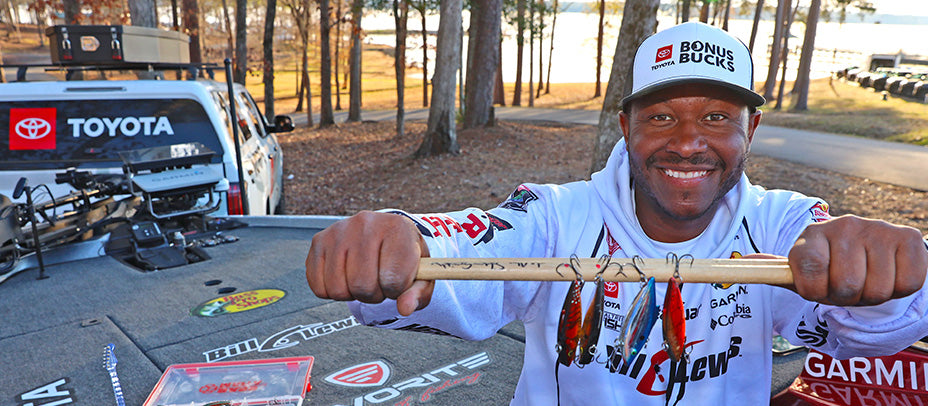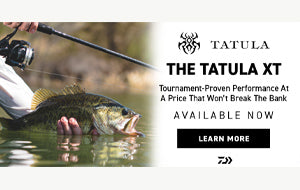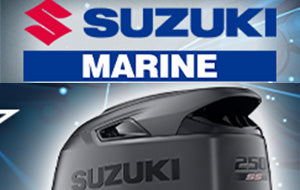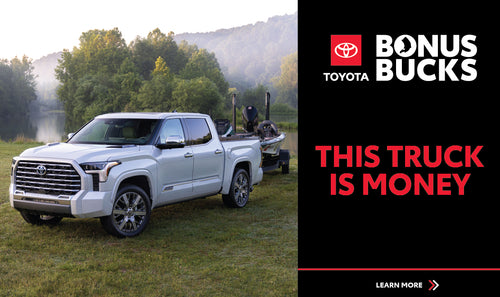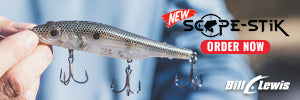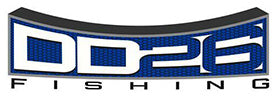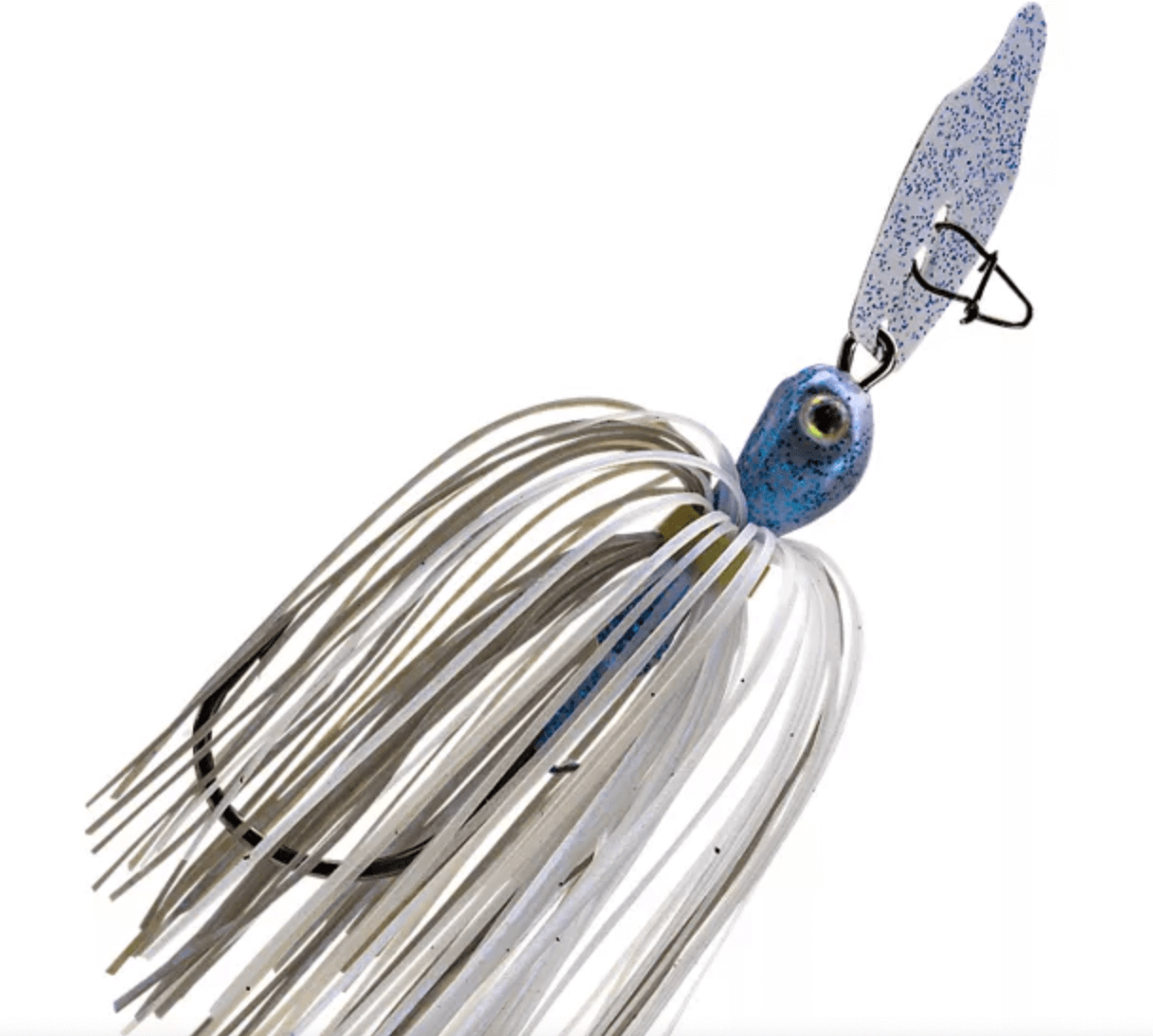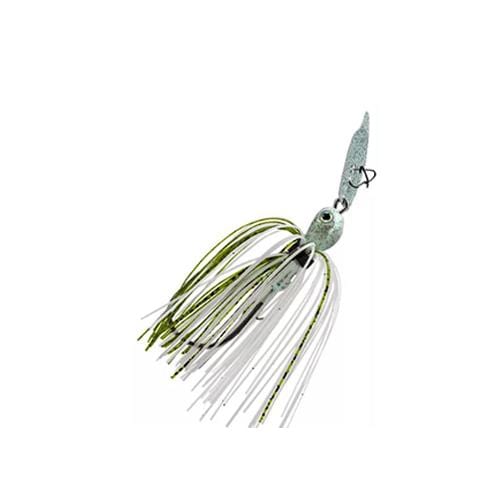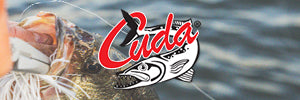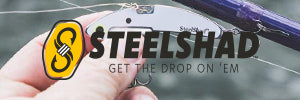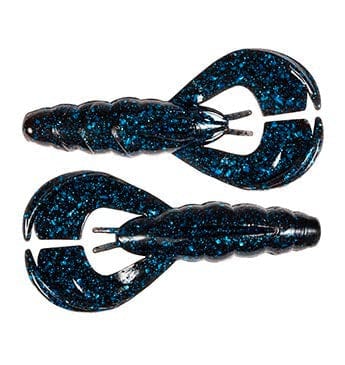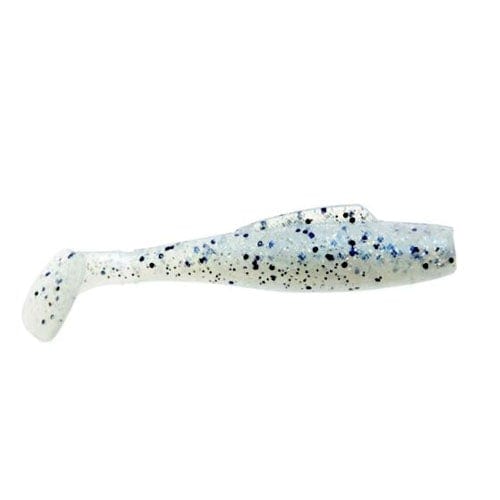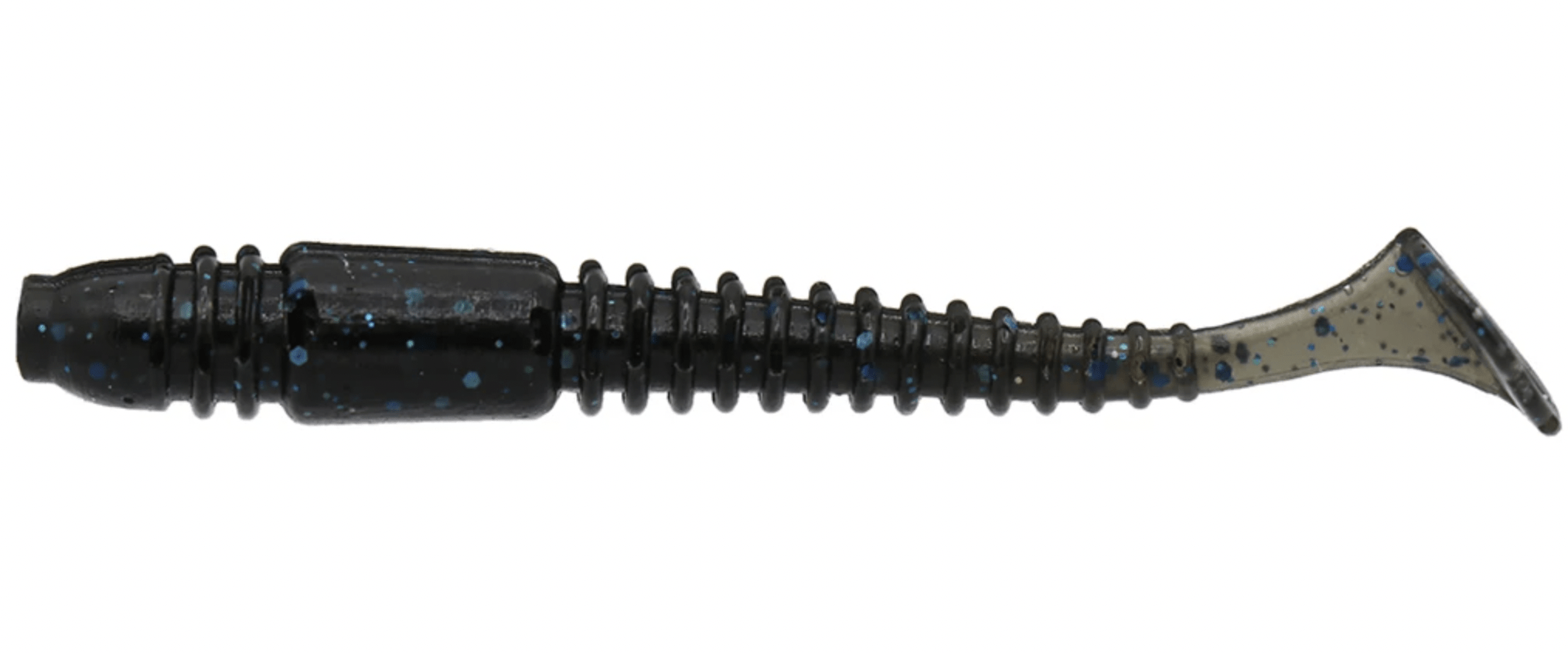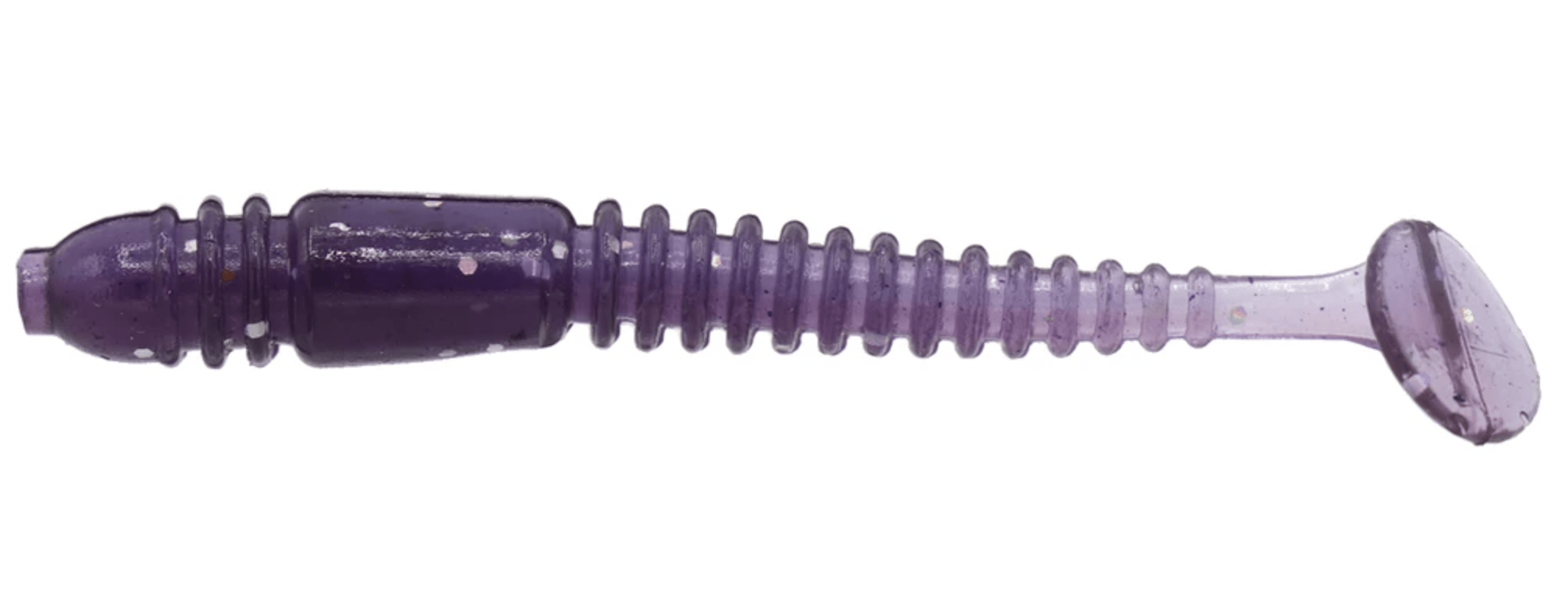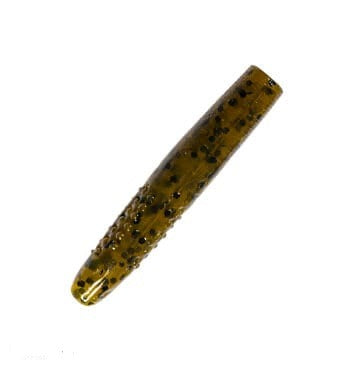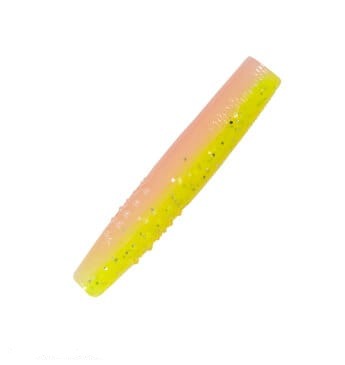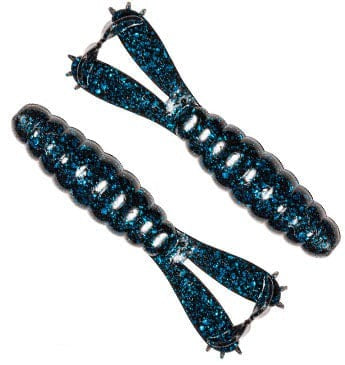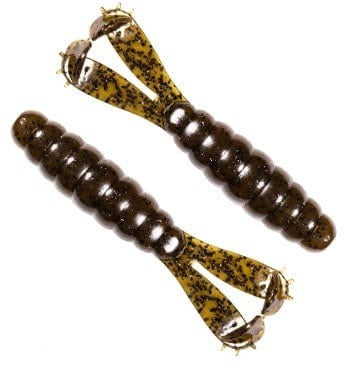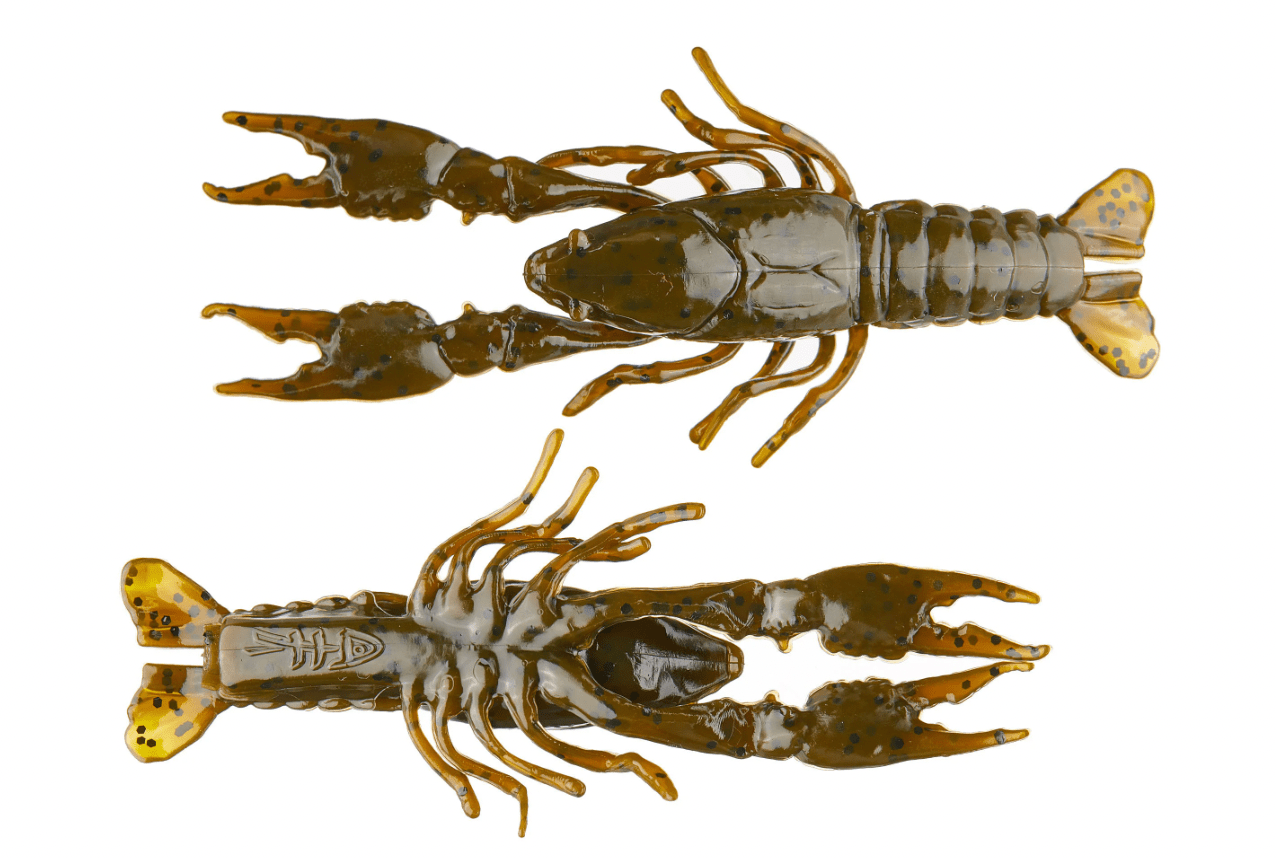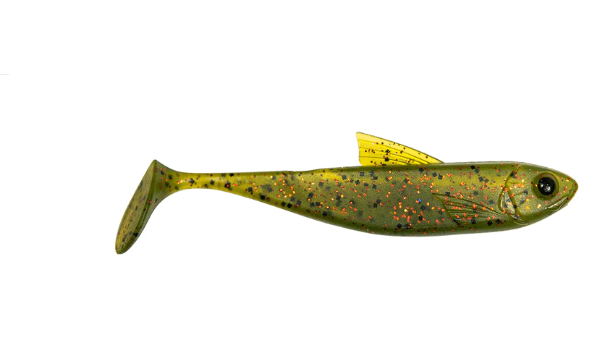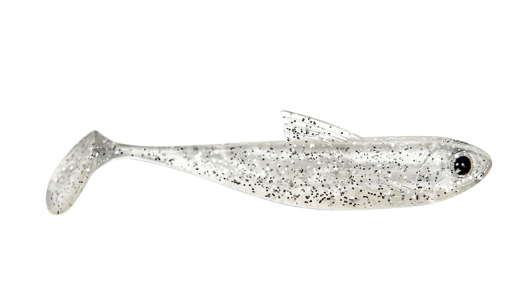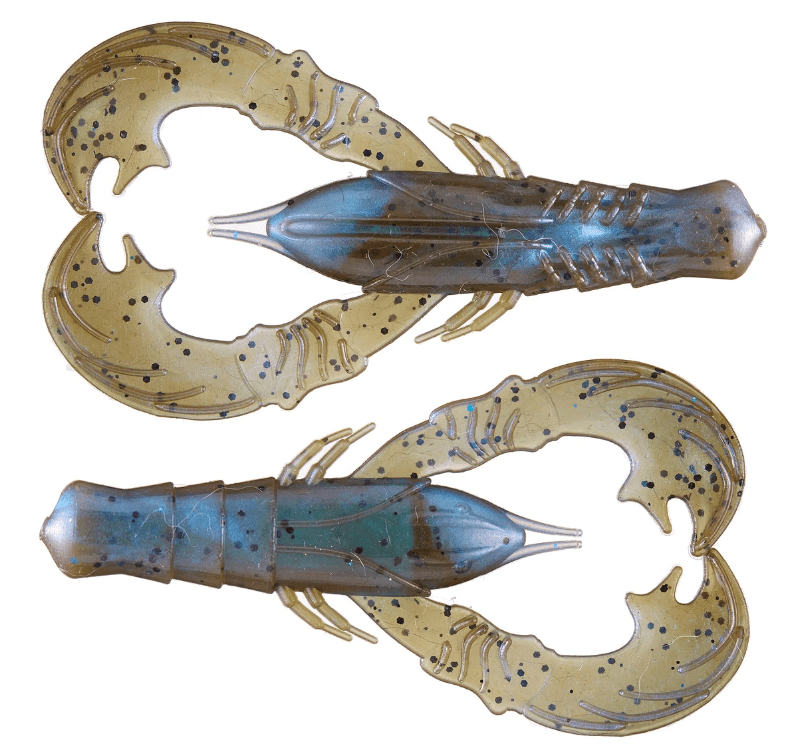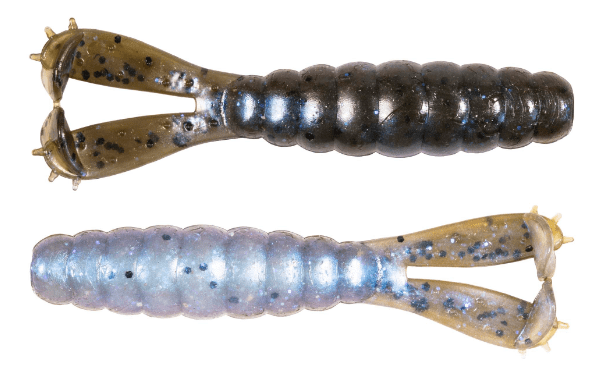Pros may bombard Toledo Bend’s bass this week with dainty soft plastic minnows and forward facing sonar, but those just fishing for fun will still catch thousands of bass in the weeks ahead by slinging Traps -- and their catch rates will be even greater if they’ll heed the advice of “MDJ.”
“I first realized how many bass you could catch on a Trap when I was a kid fishing from the California Delta shoreline with my dad before I ever had a boat,” reflects Daniels. “We were blue collar people, and a Rat-L-Trap caught “Pops” and I everything from crappie to striped bass for the dinner table.”
The Tuskegee University graduate has carved out an admirable pro career since those days on the shoreline with dad 30-years ago, and in part, it’s due to his in-depth understanding that not all rattling lipless crankbaits sound the same, and knowing which to choose is critical.
Blue & Chrome and 46R Red Craw
For starters, Daniels says if you’re only going to throw two colors of lipless crankbaits in late winter and early spring, he and his dad would tell you to go with the iconic Blue & Chrome, and the 46R red crawfish color patterns.
Water clarity determines what sound you choose
“Most folks think there’s only one kind of Rat-L-Trap, and that they all make the same sound, but that’s a huge misconception,” warns MDJ. “If it’s muddy or heavily stained, the original Rat-L-Trap is my top pick, but you need to have the Knock-N-Trap in your box too for lightly stained or semi-clear water,” he emphasizes.
There’s also a brand-new Hammer Trap that emits its own unique sound, thanks in part to wider “forehead” on the front of the bait. While he’s still learning what water conditions the Hammer Trap works best in, he’s absolutely fired-up about the fact it vibrates like a Chatter Bait.
Coldest water is the hottest time
“If your lake gets all the way down to 39 or 40 degrees, and then starts to warm back up to 41 or 42 degrees, you better have a Rat-L-Trap tied on. Likewise, if your lake bottoms-out at 44 or 45 degrees, but then starts to warm up to 47 or 48, you better be tying on a Trap, because the first fish to get active as the spawn approaches are the biggest ones, and they’ll smash a trap!” he says.
He advises anglers to search for subtle creeks or drainage ditches in 6 to 10-feet of water where the meaty pre-spawners are lying as they anticipate sliding up to the shallows to spawn, but can’t emphasize enough that carrying differing sound offerings in your lipless crankbait box is critical.
Sound wisdom from one of the best pros in all of bass fishing, even if you’re fishing from the shoreline, just trying to catch dinner with Dad.
See the full Bill Lewis line up here.




